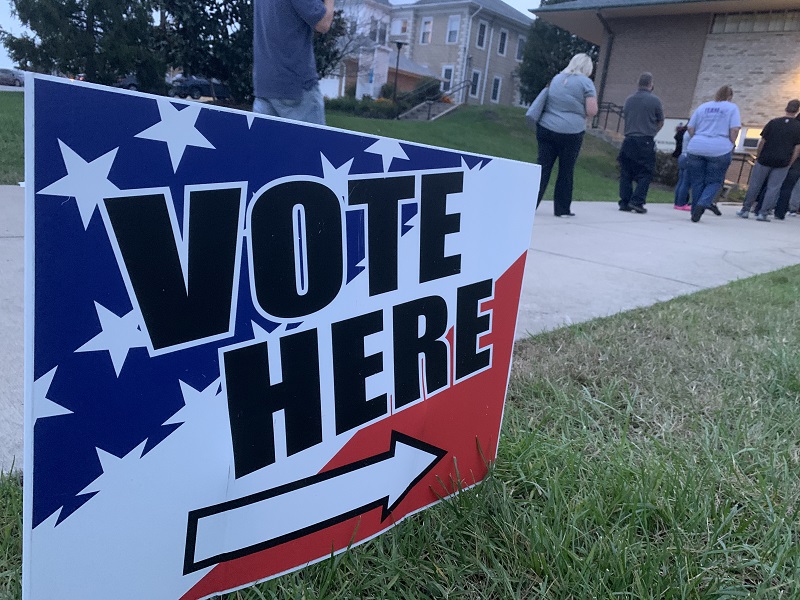In 2020, voters in Charles County faced the pivotal decision of whether to shift from the current home rule system to a charter form of government. Greg Waring, a local resident and former staff director for the Democrats on the U.S. House Budget Committee, took on the challenge of leading a commission tasked with exploring this potential change. Fairly recognizing the need for checks and balances, Waring envisioned a system that included a full-time county executive alongside five elected council members, which would replace the existing five part-time county commissioners. This overhaul aimed to enhance governance amidst a backdrop of rapid growth, increased traffic, and rising costs—a reflection of the county’s burgeoning population, which has shifted markedly in demographics, becoming the most affluent majority-Black jurisdiction in the United States. The proposed charter, which presents a new structure to the county’s governance, is a response to years of discontent with the current system.
Waring and his commissioners undertook an extensive outreach initiative to engage residents and lay out the case for the charter government, culminating in a 36-page proposal. Advocates argue that the proposed system would create greater accountability and responsiveness than the existing decentralized model, which they believe minimizes public oversight and engagement. The push for a charter government also aligns with a broader trend in Maryland, where more than half of its population resides in counties governed by charters. However, the charter proposal is not without its critics. Some local leaders and residents have voiced their concerns regarding potential centralization of power and the associated transition costs, which could exceed initial projections. As a juxtaposition to the proposed changes, the opposition argues that the current government system is delivering results and that governmental structure alone does not dictate efficiency or effectiveness.
The political landscape surrounding the charter debate reveals deeper socioeconomic and racial undercurrents, as Charles County transitions from its historical roots grounded in agriculture and conservatism to a more diverse and progressive electorate. Local commissioner Gilbert “BJ” Bowling emphasizes that the charter proposal may not address the community’s needs, asserting that effective leadership transcends governmental titles. Contrarily, advocates, including NAACP leaders, assert that a charter government would allow for stronger advocacy and representation of the county’s needs, particularly in light of rapid growth. This dichotomy illustrates the community’s varying perspectives on governance and representation and raises questions about how best to serve a richly diverse constituency.
Underlying the charter debate is a complex interpersonal dispute involving county administrator Mark Belton, whose situation has further polarized county officials and the public. With Belton on extended paid leave amid allegations of harassment involving other county officials, the discord within the commission has heightened perceptions of dysfunction, leading some advocates to argue that a charter could rectify these issues. This situation has highlighted how internal conflicts can influence broader discussions about governance structures and the electorate’s views on what constitutes effective leadership. Despite the serious nature of these issues, some local commentators suggest that concerns over governance must focus on electing capable individuals rather than entirely restructuring government frameworks.
As the referendum approaches, the political atmosphere has grown increasingly tense. While some local leaders, like Reuben B. Collins II, express optimism about the charter’s chances, others point to previous rejections of similar proposals as indicators of potential voter resistance. The outcome of this voting will underscore the electorate’s willingness to engage with ongoing socio-political changes in Charles County, particularly given the overwhelming demographic shifts toward a considerably more diverse population. The outcome could set the stage for redefining local governance, and many community members remain engaged in discussions characterized by differing interpretations of how best to engage with these changes.
Ultimately, the debate over whether to establish a charter government in Charles County serves as a reflection of broader societal characteristics: the tension between tradition and progress, the challenge of achieving representation amidst demographic transformations, and the ongoing quest for effective governance that meets the needs of a changing populace. This crossroads presents an opportunity not just for a new government framework but also for an extensive community dialogue focused on empowerment, accountability, and the civic responsibility essential for navigating the complexities of modern governance. As the voters prepare to make their choice, the repercussions will likely echo well beyond the ballot box, shaping the political and social landscape of Charles County for years to come.

